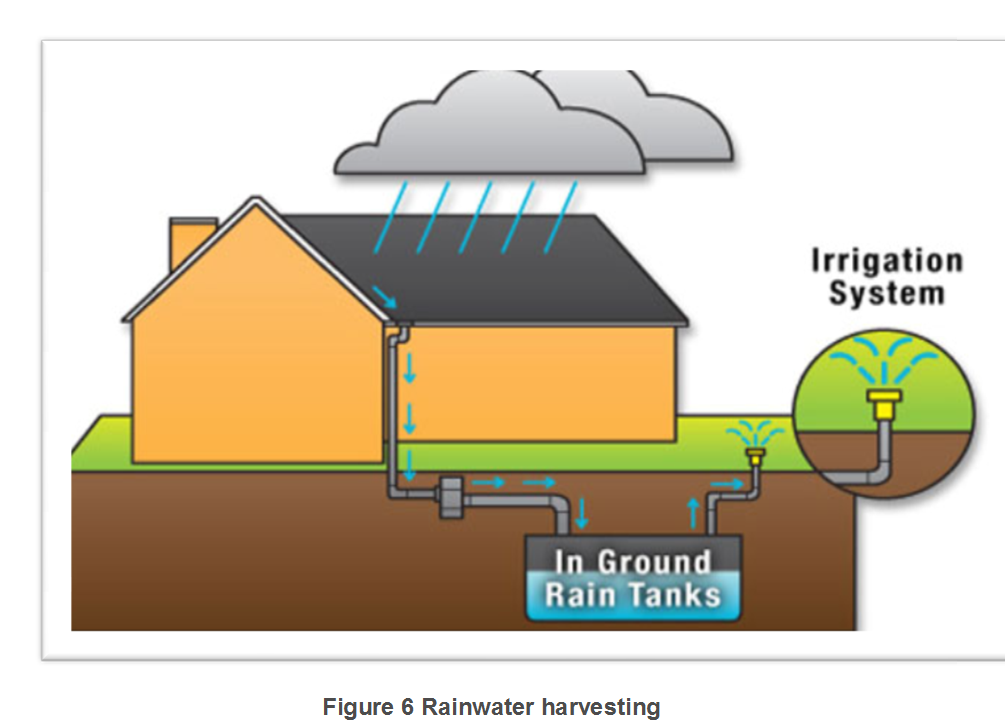- Books Name
- CBSE Class 6 Science Book
- Publication
- Param Publication
- Course
- CBSE Class 6
- Subject
- Science
Three states of Water
Water can exist in all the three states-solid, liquid and gas.
(i) Liquid state: The water that we use in everyday life is a liquid. It is called liquid state of water.
(ii) Gaseous state: We have learnt that on heating, water evaporates to form its vapour. Water vapour is its gaseous state.
(iii) Solid state: Water turns into ice on cooling. Ice is the solid form of water.
These three states of water are interconvertible to each other, that is, we can change it from one state to another.

Interchangeability of states of matter
• Melting : Change of substance from solid state to liquid state.
• Evaporation or boiling: Change of substance from liquid state to gaseous state.
• Transpiration : It is the evaporation of water into the atmosphere from the leaves and stems of plants.
• Condensation : Change of substance from gaseous state to liquid state.
• Freezing or solidification: Change of substance from liquid state to solid state.
- Books Name
- Class 6 Science Book
- Publication
- PathSet Publications
- Course
- CBSE Class 6
- Subject
- Science
Rainwater Harvesting

Water harvesting is the activity of collection of rainwater directly by various means.
- Harvested water can either be used immediately or can be stored for later use.
- In Kerala and Mizoram, it rains almost the whole year-round. Therefore, here small tanks are used to collect rainwater, which drains from rooftops through pipes into these tanks. This water is used directly.
- In a place like Delhi where the monsoon lasts only for 3 months, it is more useful to collect rainwater as groundwater.
Rainwater does not always fall on soil or water sources; in fact, much of it falls on rooftops of houses and concrete roads and thus does not become a part of groundwater. Hence, a very important method has been devised to harvest rainwater so that it can be stored for future use:
Rooftop Rainwater Harvesting – In this method, rainwater that falls on rooftops is allowed to pass in a storage tank through pipes. This water might be dirty and hence not fit for direct use; hence it can be allowed to seep directly into the ground with the help of pipes.


 Param Publication
Param Publication
 PathSet Publications
PathSet Publications
